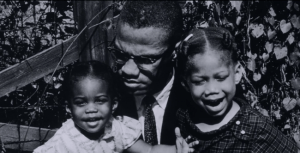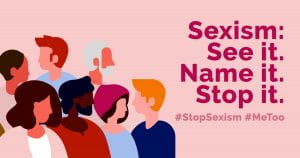I Am Not Your Negro was released in 2016. The director is Raoul Peck and the duration of the Oscar-nominated documentary is 95 mins.
It is based on James Baldwin’s 30 pages of an unfinished book project titled “Remember This House.” It is his personal account of his fellow civil rights colleagues, Medgar Evers, Malcolm X, and Martin Luther King Jr. He personally got to know each one of the men before their assassinations. The director, Peck, attempts to weave together Baldwin’s words – Baldwin’s interviews (various television appearances) or lectures, and Baldwin’s original texts read by Samuel L. Jackson.
Just as the title implies, it is of racism and as we know it, the other. The minorities of the United States mainly African Americans. What they must have to endure because of many of the majority of white folks – especially in the 1960s.
As Baldwin grew up, heroes were white not just because of Hollywood, but also those who own land. What about colored people? Uncle Tom was not his hero because he did not take vengeance into his own hands. He dislikes the white for thinking it was okay to take vengeance into his own hands. They take and they take! His countrymen were his enemy.
As a colored child that does not look into a mirror and you assume you are white because the majority is white. It becomes a shock as that child at the age of 5, 6, or 7 as you root on Gary Cooper for killing the Indians then you realize you are an Indian. He says in one of his lectures in the 1960s. This is the realization as the other or othering.
Baldwin has long been a powerful voice on race relations and the African-American experience and it is expressed in this documentary.
Malcolm X is mention first in this documentary. He first saw Malcolm in New York. Baldwin was giving a lecture at the time. He goes into detail about his involvement. Malcolm X assassinated in 1965
 The mention of the Birmingham campaign, 1963. MLK, Malcolm X, and Baldwin are interviewed for the Birmingham campaign. Very interesting interview. African Americans calmly protesting segregation even though whites are physically abusing them. Martin Luther King Jr assassinated in 1968
The mention of the Birmingham campaign, 1963. MLK, Malcolm X, and Baldwin are interviewed for the Birmingham campaign. Very interesting interview. African Americans calmly protesting segregation even though whites are physically abusing them. Martin Luther King Jr assassinated in 1968
Medgar Evers assassinated in 1963
I consider this documentary more of the chronicles of James Baldwin. To rate this: 1 is the worse I have ever seen to 10 the best. I would rate it 9. It is a very good documentary/chronicles of James Baldwin. I get a better understanding of the other. What it meant to stand by powerful men in the 1960s and what they were fighting for. Excellent!
On Kanopy.com free for OSU students






 would take more than 40 years for all women to achieve voting equality.
would take more than 40 years for all women to achieve voting equality.










